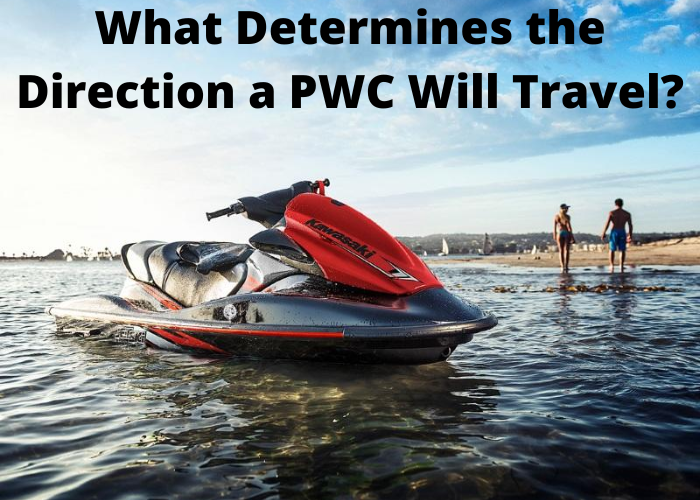Clearly, there are numerous factors that will determine the direction a PWC will travel. The most important of these is the skill and experience of the operator. Other considerations might include wind speed and direction, wave height and direction, boat traffic, and objects in the water. It’s also important to remember that different boats will handle differently in different conditions – so always be prepared for anything!
What Factors Influence the Direction a PWC Will Travel ?
There are several different factors that influence the direction a PWC will travel. The first is the weight of the PWC. Heavier PWCs will tend to travel in a straight line, while lighter PWCs will be more influenced by wind and waves. The second factor is the size of the engine. Larger engines provide more power, which can help a PWC to overcome waves and wind. The third factor is the hull design. Some hull designs are better suited for rough water, while others are better suited for calm conditions. Lastly, the rider’s weight and position on the PWC also play a role in determining its course. By taking all of these factors into account, riders can get a better sense of which way their PWC is likely to travel.
How Does Wind Speed and Direction Affect a PWC’s Movement ?
If you have ever ridden a personal watercraft (PWC), you have probably noticed that they do not always travel in a straight line. Whether you are trying to ride in a straight line or turn, the wind can have a big impact on your PWC’s movement.
Wind speed and direction affect the movement of all objects, including PWCs. The faster the wind is blowing, the more effect it will have on your PWC. And, if the wind is blowing in the same direction that you are trying to travel, it will help push you along. However, if the wind is blowing against you, it will slow you down.
The direction of the wind can also affect how your PWC turns. If you are trying to turn into the wind, the PWC will tend to turn more sharply. However, turning with the wind will result in a more gentle turn.
Therefore, when riding a PWC, it is important to be aware of both the speed and direction of the wind. By understanding how the wind affects your PWC’s movement, you can better control your craft and enjoy a safe and enjoyable ride.
What Can You Do To Adjust Your Course Depending on the Conditions ?
The primary conditions that determine the direction a PWC will travel are the amount of weight on board, the trimmed height of the hull in the water and the speed at which the PWC is traveling. If you need to turn sharply, you can do so by diving off to one side. This will make the PWC lean over and turn more quickly. Remember to keep your body centered when you want to go in a straight line as leaning too far to one side will cause you to turn. Also, be aware of other traffic and obstacles when turning, as PWCs can stop and turn much more quickly than boats. By following these tips, you’ll be able to safely navigate your PWC in almost any condition.
How Important Is It To Maintain Your Heading in Order To Reach Your Destination Safely and Efficiently ?
As any experienced PWC operator knows, maintaining heading is essential for safe and efficient travel. But what exactly is heading, and what determines the direction a PWC will travel? Simply put, heading is the direction in which the front of the PWC is pointing. This can be different from the direction of travel, especially when turning. The reason heading is so important is that it determines the course the PWC will travel, even when there are waves or other forces acting on it. This is why it’s essential to maintain heading when operating a PWC. By keeping the PWC pointed in the desired direction, you can be sure that you’ll reach your destination safely and efficiently.
